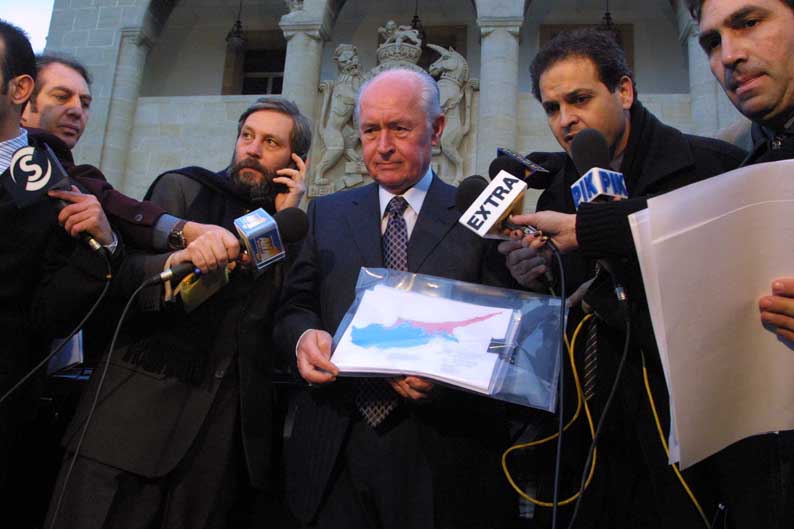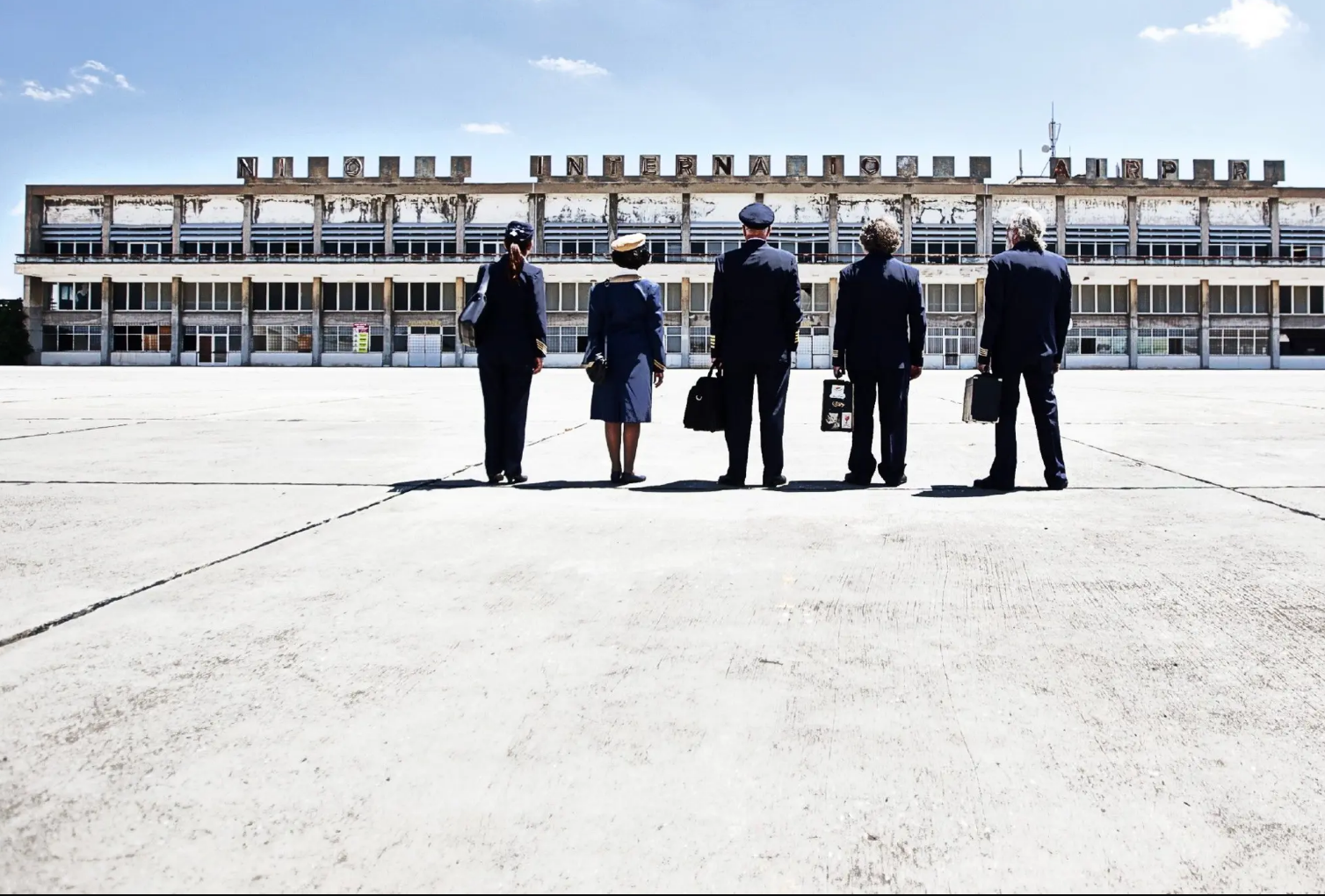The International Air Transport Association (IATA) has announced strengthened profitability projections for airlines in 2024, marking an improvement over its previous forecasts in June and December 2023.
Despite these gains, the global airline industry continues to struggle with achieving an aggregate return above the cost of capital.
According to IATA, net profits for airlines are projected to reach $30.5 billion in 2024, representing a 3.1 per cent net profit margin.
This marks an increase from the estimated $27.4 billion net profits for 2023, which had a 3.0 per cent net profit margin.
Additionally, the 2024 net profit projection has been revised upwards from the $25.7 billion forecast made in December 2023.
Operating profits are expected to climb to $59.9 billion in 2024, up from an estimated $52.2 billion in 2023.
Revenues for the airline industry are anticipated to hit a record high of $996 billion in 2024, an increase of 9.7 per cent.
However, total expenses are also expected to reach a record high of $936 billion, reflecting a 9.4 per cent increase.
The number of travellers is projected to reach 4.96 billion, while air cargo volumes are expected to hit 62 million tonnes, both record highs.
“In a world of many and growing uncertainties, airlines continue to shore up their profitability,” Willie Walsh, IATA’s Director General, said, highlighting the resilience of the airline industry in the face of numerous uncertainties.
In addition, he underlined the significant achievement of an expected net profit of $30.5 billion in 2024, particularly given the industry’s recent losses during the pandemic.
Walsh also stressed the vital role of aviation in the global economy, noting that “the human need to fly has never been stronger” with a record five billion air travellers expected in 2024.
“The global economy counts on air cargo to deliver the $8.3 trillion of trade that gets to customers by air,” he added.
However, Walsh acknowledged that while the industry is on the path to sustainable profits, challenges remain.
“A 5.7 per cent return on invested capital is well below the cost of capital, which is over 9 per cent,” he said, while also pointing out the industry’s thin profit margins, with earnings of just $6.14 per passenger.
“To improve profitability, resolving supply chain issues is of critical importance so we can deploy fleets efficiently to meet demand,” he explained.
Walsh called for relief from onerous regulations and increasing tax proposals, suggesting that public policy measures promoting business competitiveness would benefit the economy, jobs, and connectivity.
“It would also place us in a strong position to accelerate investments in sustainability,” he said.
The profitability outlook for 2024 is expected to strengthen as revenues grow slightly faster than expenses, with operating profits anticipated to rise by 14.7 per cent to $59.9 billion.
Net profits are projected to grow by 11.3 per cent from $27.4 billion in 2023 to $30.5 billion in 2024.
Industry revenues are forecasted to reach a historic high of $996 billion, with passenger revenues expected to increase by 15.2 per cent to $744 billion. Passenger yields are expected to rise by 3.2 per cent over 2023.
The affordability of air travel continues to improve, with the real average return airfare in 2024 expected to be $252, down from $306 in 2019.
This trend is influenced by shorter journey distances due to a slower recovery in some long-haul markets.
According to IATA’s April 2024 polling data, 77 per cent of respondents believe that air travel offers good value for money.
Passenger demand remains strong, with 39 per cent of respondents expecting to travel more in the next 12 months compared to the previous year, and 54 per cent planning to travel the same amount.
Finally, the association reported that 46 per cent of respondents expect to spend more on travel over the next 12 months.







Click here to change your cookie preferences